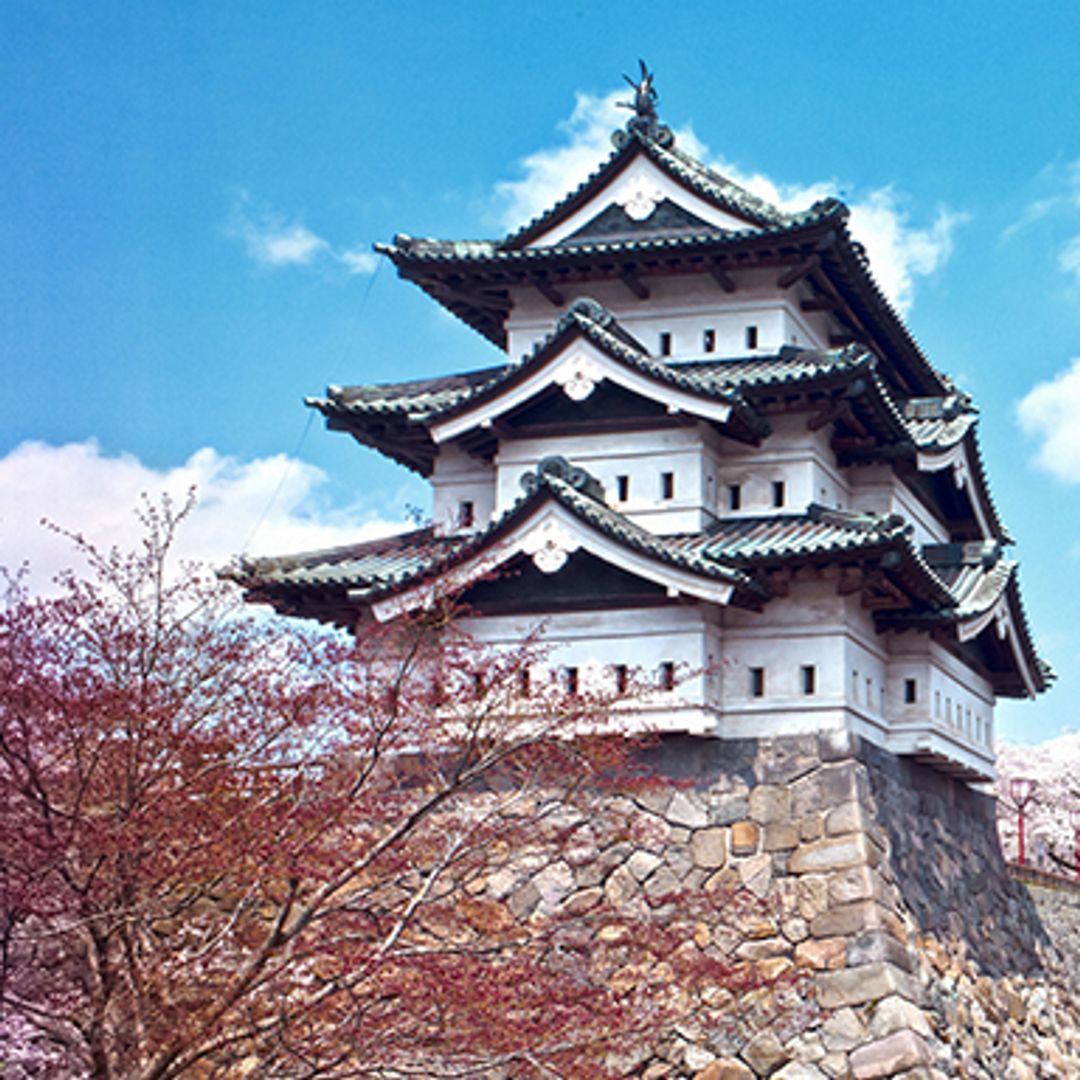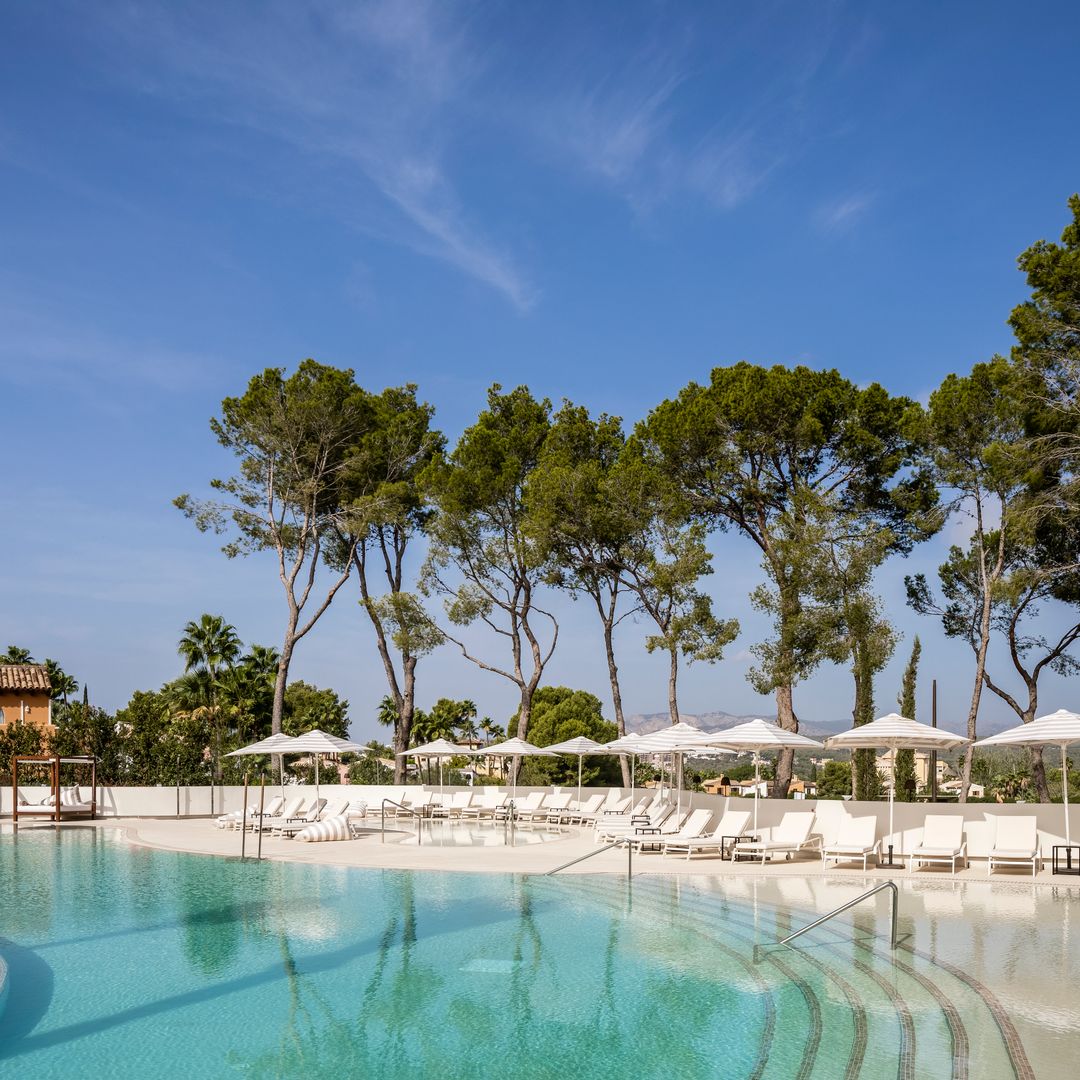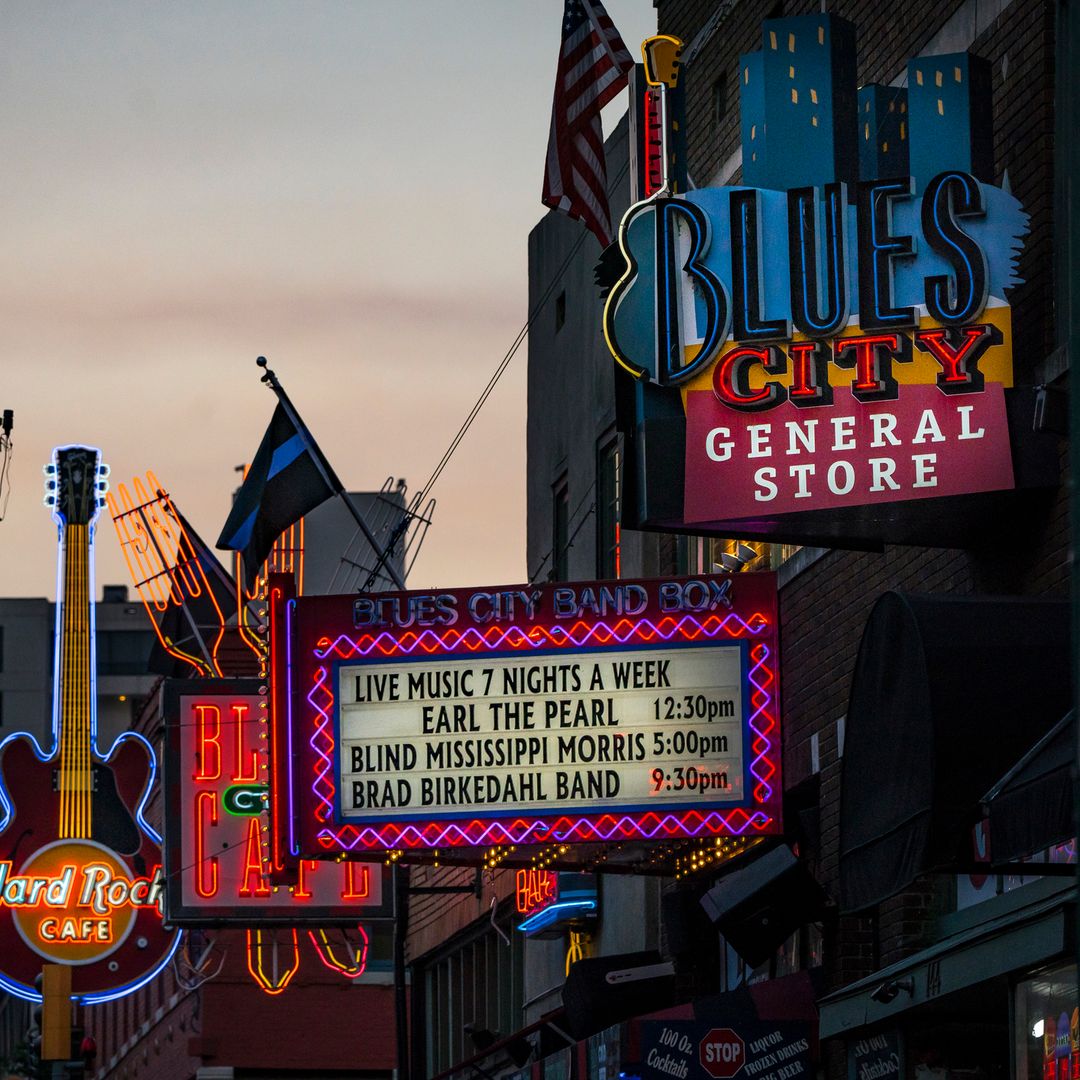In China, some 30 kilometres east of Xi'an, the historical capital of twelve dynasties for 3,000 years, lies a strange wonder: the 8,000 terracotta soldiers that Qin Shi Huang, the first emperor of the recently united country, commanded be built and arrayed in battle formation near the site of his future tomb way back in the third century BC.
The beauty and artistry of the individual figures is astounding, their combined effect overwhelming. And then there's the myth and mystery associated with the emperor who wanted his journey to the afterlife overseen by this magical army of soldiers who seem to bear on their armoured shoulders the full weight of human fear down through the centuries.
In 221 BC, Qin Shi Huang finally managed to unify the country of China - although it was not yet known by that name. Fully aware of the greatness of his achievement, he created a new title - huangdi - to distinguish himself from his predecessors.
The title - which means First Sovereign Emperor - is a combination of huang and di, and makes reference to the virtuous and perfect mythical first rulers. By linking his name to theirs, he hoped to acquire prestige and perhaps also some of their divinity.
This overwhelming desire to achieve fame in posterity was an obsession with the emperor, leading him to undertake his great mausoleum project at the beginning of his reign. Seven hundred thousand workers were employed on the building project, which continued until after his death.
The life-size figures of Xi'an are located in three separate pits. The first pit is the most impressive, with 6,000 soldiers, some with horses, deployed in precise military formation.
All the figures have been carefully modelled, and their uniforms and faces differ according to rank and duty. Originally, they would have carried weapons, but these were stolen when the Qin dynasty fell.
The second pit, with some 1,300 soldiers, is still being excavated. The high number of high-ranking officials among the figures of the third and smallest pit has led it to be identified as the command post of the terracotta army.
At first, due to the distance between the army pits and the emperor's tomb, the two were not believed to be connected. Details of the tomb contents are only known because of writings from the time; these describe an amazing treasure and the emperor lying in a gold coffin floating on a river of mercury under a dome studded with precious stones.
The tyrannical reign of Qin Shi Huang won him a reputation as a cruel despot, but he is also remembered for a number of great achievements including political unification and the abolition of feudalism. He was also responsible for the construction of a major communications system and the two great architectural projects of his brief reign: the terracotta army and the Great Wall of China.
He died unexpectedly at age 49, on a journey to the east of the country where, ironically, he was seeking the garden of the immortals and the secret of eternal life.
The Prime Minister was afraid that news of the emperor's death would trigger a coup or uprising, so he kept it a secret. The secrecy that always surrounded the emperor meant that no one suspected the truth, and the return journey was made with two waggons of fish placed strategically next to the emperor's carriage to disguise the smell of the decaying corpse.
The younger son then conspired against his older brother, the emperor's heir, killing him and taking the inheritance. Those who have written about the terracotta army say the soldiers were made in order that the emperor would continue to have troops under his command. However, given his reputation as a tyrant and the bloody scene of betrayal that erupted after his death, it's hard to believe that anyone would have wanted this.
If the soldiers were intended to give battle in the afterlife, they are an almost ingenuous indication of the emperor's pragmatic and cautious character. Perhaps he feared the wrath of the many people he had killed and had put to death and he needed to feel protected by these magical clay warriors. Or maybe, he just wanted to enter the next world in the manner he was accustomed to in life: accompanied by the sounds of war.








